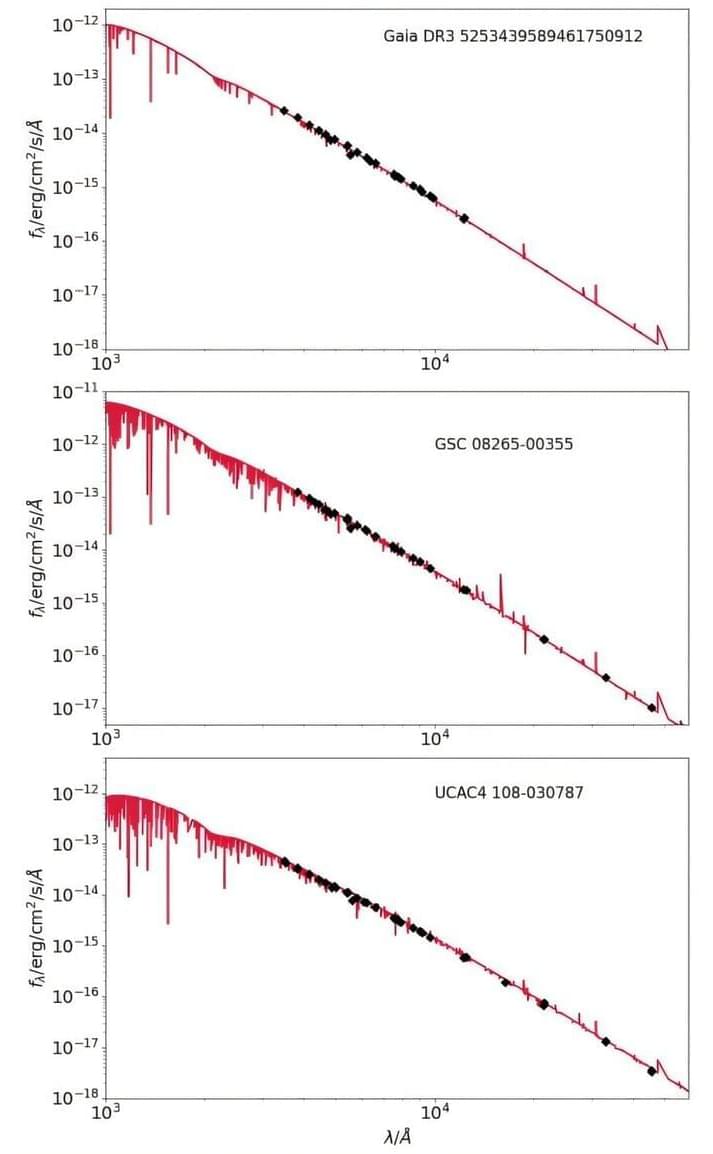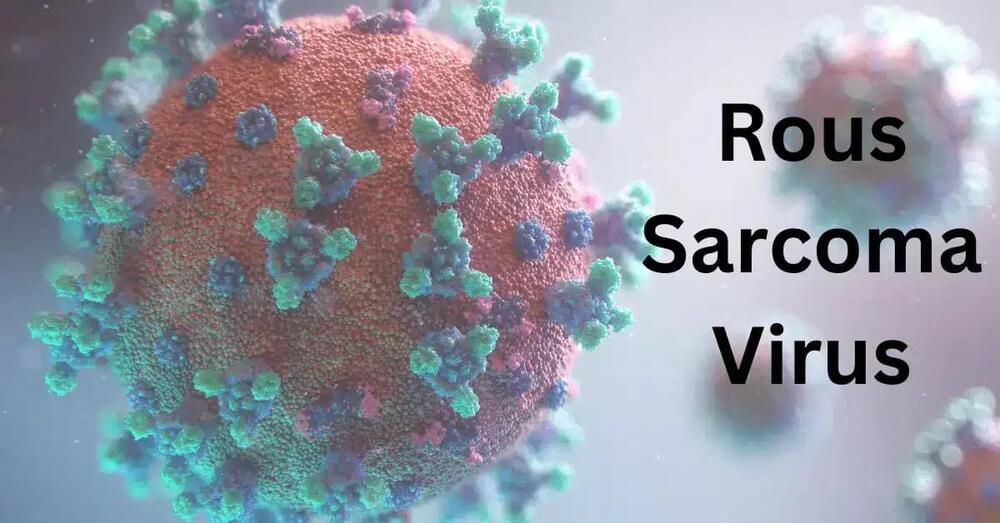Join my AI Academy — https://www.skool.com/postagiprepardness.
🐤 Follow Me on Twitter https://twitter.com/TheAiGrid.
🌐 Checkout My website — https://theaigrid.com/
00:01 New Chinese Humanoid Robot (LimX Dynamics)
01:47 Artificial Superintelligence (ASI) Discussion.
03:57 Sam Altman’s 2025 Predictions.
06:53 Geoffrey Hinton Supports Elon Musk’s Lawsuit Against OpenAI
09:11 O1 Model Surpasses Doctors in Diagnoses.
12:09 DeepSeek V3: A Cost-Effective Alternative to GPT-4
14:53 “Reproduce” Paper: Recreating OpenAI’s Reasoning.
15:41 Meta’s Large Concept Models (LCMs)
17:42 AGI Release Insights from OpenAI Employee.
19:45 Google CEO Gears Up for a Big 2025
23:28 Alibaba’s 70B Model.
24:30 OpenAI’s AGI Definition: $100 Billion in Profits.
25:24 Matrix One Humanoid Robot.
Links From Todays Video:
Chinese LimX humanoid robot CL2 reminds me of the new Atlas model
byu/torb insingularity
OpenAI’s Sébastien Bubeck says GPT-4 already outperformed human doctors at diagnosis, but there are cases in which o1 is nearly twice as accurate as humans pic.twitter.com/zhg0Xuop5t
— Tsarathustra (@tsarnick) December 27, 2024
https://gizmodo.com/godfather-of-ai-throws-support-behind-el…2000544349
https://www.cnbc.com/2024/12/27/google-ceo-pichai-tells-empl…-2025.html.
will AGI be announced publically?
OpenAI Ex-Researcher Daniel Kokotajlo predicts 3 important scenarios:
- before we see robots like plumbers, AGI research will already be automated for over a year
- superintelligent systems in data centers will surpass human abilities in every… pic.twitter.com/qbj77p0jYR
— Haider. (@slow_developer) December 31, 2024
Welcome to my channel where i bring you the latest breakthroughs in AI. From deep learning to robotics, i cover it all. My videos offer valuable insights and perspectives that will expand your knowledge and understanding of this rapidly evolving field. Be sure to subscribe and stay updated on my latest videos.
Was there anything i missed?







